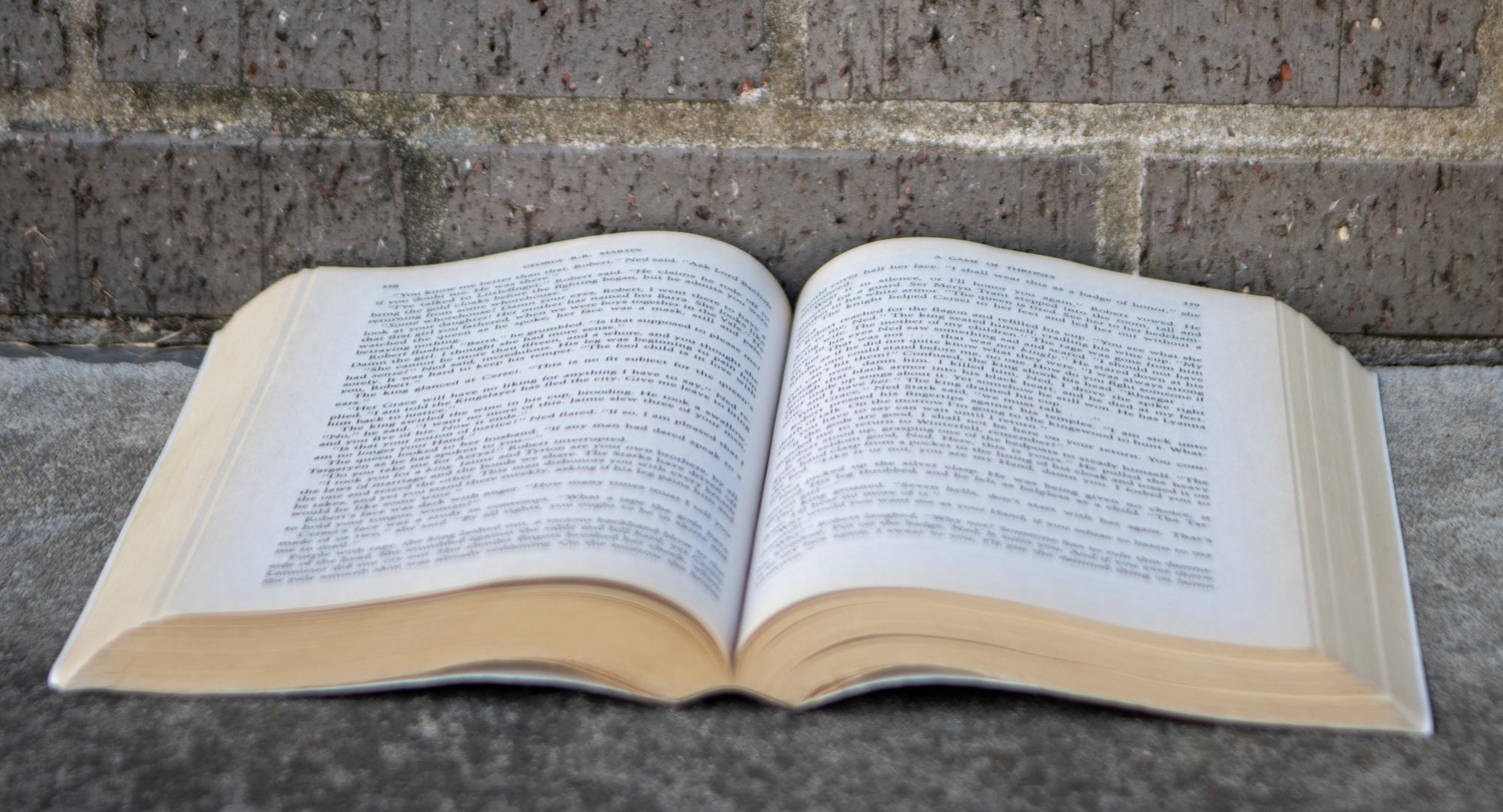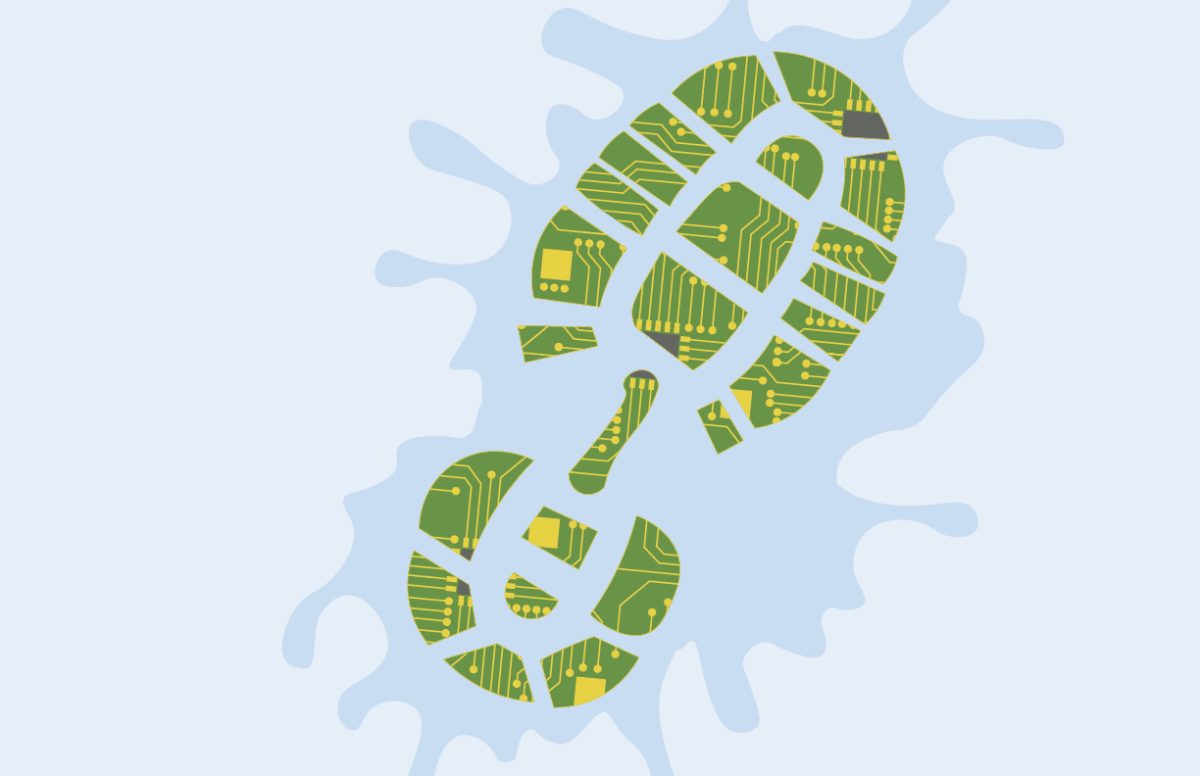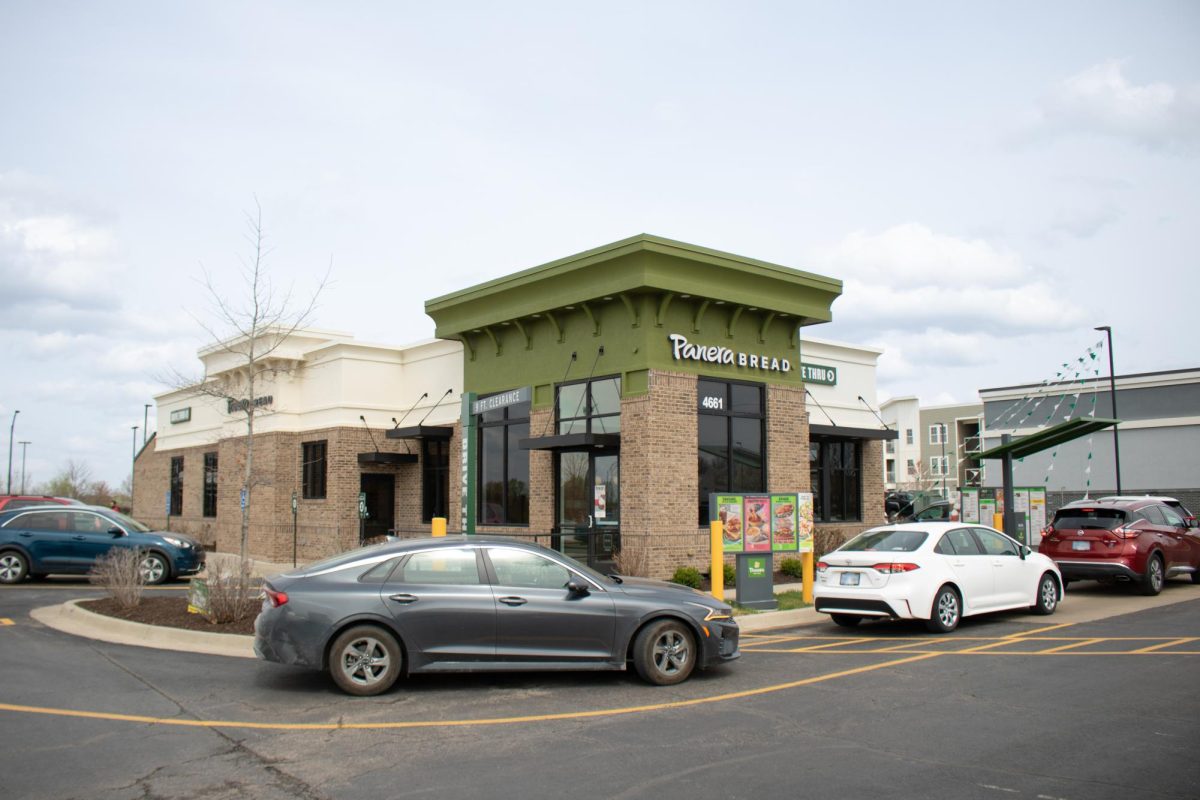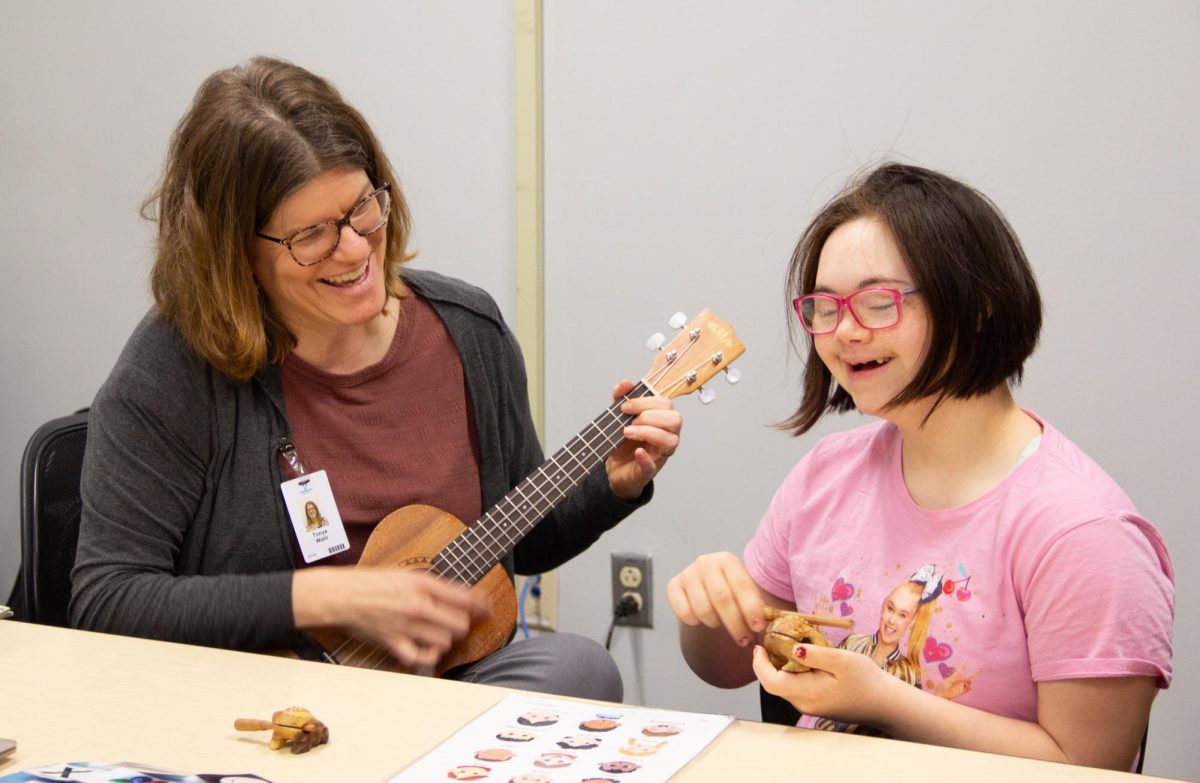I have grown up living in rural Jefferson County, Kansas, but have always identified my home town to be Lawrence. With family roots that run deep in both Rice and Sumner counties, I would label my sociocultural background as largely rural.
Throughout my life, I have received a multitude of stereotypes aimed at being from a rural background, and the older I get, the more I recognize that many of them are based on ideas conflating ‘rural’ with ‘red,’ as though being rural could not possibly encompass a broader meaning or a broader band of people.
The collective urbanization of the US is a large factor in polarization that intertwines rural and red. As the United States becomes increasingly urban, national policy decisions are made in regards to rural America, but research shows that a majority of rural Americans do not feel represented or included in the policies and infrastructure pushed on their communities.
These trends on a national level, and the rural sentiment in return, show a trend of misunderstanding and misrepresentation of rural America. This, in turn, lends an explanation to how, as the majority of Americans become further and further distanced from rural places, misconceptions can easily grow.
Just as I have a background in rural parts of the state, I have also lived out my childhood in a town and community that’s seen as a ‘blue dot in a sea of red’. As a town with a median age of 28, data from the Pew Research Center shows that only 15% of Lawrence residents aged 18-28 are registered Republicans. The Pew Research Center also shows data demonstrating that since the 1990’s, Republican residents of rural counties across the country have increased from 51% to upwards of 60%, with Democrats remaining at approximately 60% in urban settings.
This data, both localized and national, represents a trend in rural and urban areas. However, research presented by the Carnegie Endowment for International Peace shows that Americans are less polarized on political issues than many believe. Their research provides an example; that a majority of Democrats as well as approximately 4/10 Republicans agree on national bans on assault-style weapons.
This belief in political polarization being greater than it is has pushed forward data during elections that, while accurate, ignores overall patterns of voter turnout to emphasize a divide between rural and urban voters.
As explained by a Brookings article regarding the 2016 presidential elections, placing an emphasis on former president Trump’s political base as being rural Republican ignores the complex reality of Trump’s political support. The facts show that a majority of Americans — across multiple factions including geography and income — voted in support of the Republican candidate.
Incorrectly grouping rural voters as the overall red voters ignores the big picture of the 2016 election and polarizes rural America rather than approaching voter numbers in a more holistic way that could lend answers as to how and why constituents voted the way they did.
In the later half of the 20th century, the political polarization of both sides of the aisle was growing, but politics were less secular than they would become. As politics overall have become more polarized, sociocultural groups have become increasingly labeled as either red or blue by mainstream media.
In their 2023 book, “The Rural Voter”, Colby College government professors Nicholas Jacobs and Daniel Shay explain that the media tends to elevate the voices of rural ‘rabble-rousers’. Jacobs and Shay explain that by elevating the voices of the most politically extreme, the media paints an image of rural voters that only represents an average 10% of rural residents that exhibit political fervor. This takes focus away from data that shows the majority of rural residents hold mainstream views that align with the rest of the country.
Media portrayal of rural residents increases stereotypes and misperceptions, and feeds the party divide in America. Political polarization generally feeds a division of culture, geography and social background, making politics into a game of judging someone’s cultural background as political. As we approach the presidential general election, we must not let politics frame how we view people of different social backgrounds.
In this election year more than any other, it is important to remember that our democracy thrives off of differing political views and parties. It is especially important to remember that political polarization takes away from the freedom democracy gives to practice and advocate differing political beliefs across a variety of political issues. We must also remember the necessity of recognizing political identity as influenced by, but always separate from, any other form of identity.


















